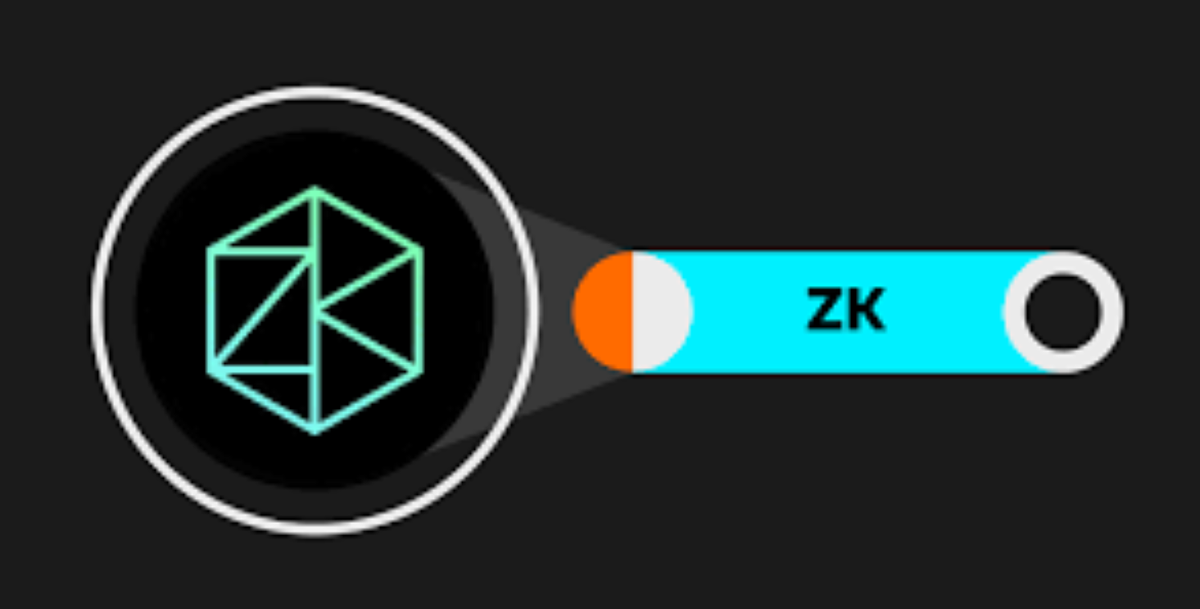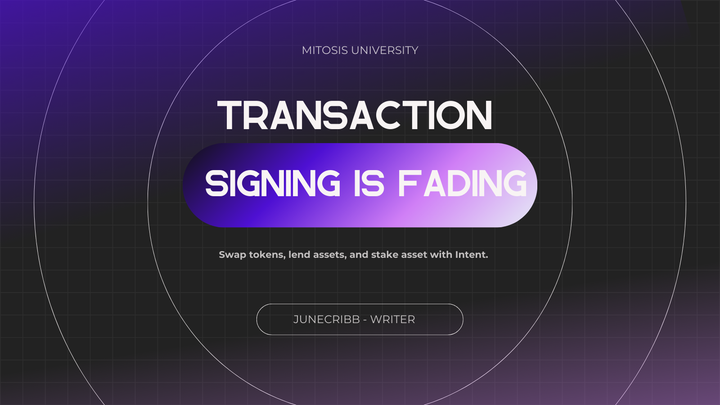Rust and ZK: How SP1 Changes the Rules of the Game in the Zero-Knowledge World

In recent years, zero-knowledge proofs (ZK) have ceased to be an experimental topic and have become a practical tool for scaling blockchains, increasing privacy, and building new cryptographic protocols. However, despite active development, one snag remained: the high complexity of integrating ZK proofs into applications. This is especially sensitive for developers working in popular languages like Rust.
What is SP1?
Succinct SP1 is a zkVM (zero-knowledge virtual machine) developed by the Succinct team. This tool allows you to run arbitrary code and get confirmation of its correct execution without having to manually write logic circuits (circuits).
The concept of SP1 is centered on the goal of making zero-knowledge proofs more “developer-friendly”, especially for the Rust ecosystem.
SP1 can execute compiled Rust code in a virtual environment and generate a ZK proof that the execution was correct. This opens the way to creating secure applications that do not require deep knowledge of cryptography or the creation of complex artifacts like R1CS schemes.

Why is this important?
Before solutions like SP1, implementing ZK proofs required deep dives into low-level development. The programmer had to describe the computations in terms of logic gates or use special DSL languages that do not have the security, convenience, and tooling typical of Rust. SP1 removes this barrier, allowing:
Write code in Rust without switching to specialized DSLs.
Get ZK proofs of the correctness of the execution of a Rust program.
Integrate proofs into existing blockchain protocols or off-chain computing systems.

Comparison of SP1 with Other Zero-Knowledge Proof Approaches
|
Feature |
SP1 (zkVM by Succinct) |
Circom / SnarkJS |
Noir / Aztec.nr |
RISC Zero |
|
Programming
language |
Rust |
DSL-like
language |
DSL
inspired by Rust |
Rust |
|
Circuit
generation |
Automatic
via RISC-V |
Manual
or semi-automatic |
Automatic |
Automatic
via RISC-V |
|
Low-level
circuit control |
No |
Required |
Partially
hidden |
No |
|
Rust
ecosystem support |
Full |
None |
Partial |
Full |
|
Third-party
library support |
Limited
by VM architecture |
Manually
limited |
Requires
adaptation |
Limited |
|
Proof
generation performance |
Moderate |
High
with manual optimization |
Moderate |
Moderate |
|
Developer
entry barrier |
Low |
High |
Medium |
Medium |
|
Use
case examples |
Caldera,
Ethereum rollups |
Custom
proof circuits |
Aztec
rollup |
zk-based
cloud infrastructure |
How does it work?
SP1 uses an interpreted virtual machine that executes RISC-V bytecode. Rust code is first compiled to RISC-V, then this bytecode is executed inside zkVM. Upon completion of execution, a SNARK (succinct non-interactive argument of knowledge) proof is generated, which can be verified independently of the execution itself.
The developer does not need to think about the internals of scheme generation or calculation optimization - SP1 takes care of all this.

FLOW DIAGRAM: SP1 zkVM Data Pipeline
[1] Write the program (in Rust)
|
v
[2] Compile Rust → RISC-V bytecode
|
v
[3] Execute bytecode inside SP1 zkVM
|
v
[4] Trace all computation steps
|
v
[5] Generate ZK proof (SNARK / PLONK)
|
v
[6] Verify the proof externally
Practical application
Blockchain infrastructure: confirmation of the correctness of L2 calculations, validation of the state of off-chain protocols, rollups.
Secure computing: provable execution of smart contracts, verification of calculations of third-party oracles.
Private applications: for example, voting or ZK identification, where you need to prove a fact without disclosing data.
SP1 and modularity
SP1 is already integrating with other projects, such as Caldera, a platform for launching custom rollup blockchains. This combination allows you to launch rollup with your own logic and proof system without having to delve into the intricacies of implementing zk primitives. The developer can focus on business logic, not cryptography.
SP1 Architecture and Proof Generation Workflow
|
Stage |
What Happens |
Tools / Technologies Used |
|
1.
Write the program |
Developer
writes regular Rust code |
Any
standard Rust toolchain |
|
2.
Compile |
Code is
compiled to RISC-V bytecode |
cargo + rustc with
RISC-V target |
|
3.
Execute in zkVM |
Bytecode
runs inside the zero-knowledge virtual machine |
SP1
zkVM (Succinct runtime) |
|
4.
Trace execution |
VM
records every computation step |
SP1
tracer |
|
5.
Generate proof |
A ZK
proof is generated to confirm correct execution |
SNARK/PLONK
backend inside SP1 |
|
6.
Verify |
Anyone
can verify the computation without re-running the code |
SP1
verifier + SNARK verification |
Conclusion
SP1 makes zero knowledge not just accessible, it becomes a common developer tool. If you write in Rust and work in Web3, DeFi, or private computing, you now have a way to add cryptographic verifiability without delving into schemes and field arithmetic. The zkVM approach is not just convenient, it is a step towards proofs becoming a standard programming practice.



Comments ()